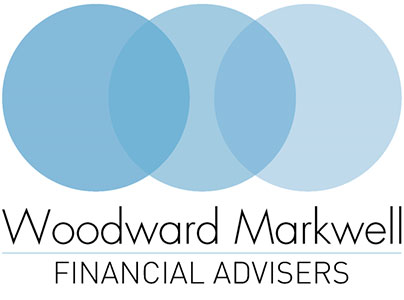
29th May 2024
Enhancing pension contributions for a brighter future
NEW TAX YEAR, NEW YOU? MAXIMISE YOUR PENSION SAVINGS THIS NEW TAX YEAR
As we embark on the new tax year, it presents an opportune moment to review your pension savings strategy, setting a solid foundation for future financial stability. Early attention to your private pension at the onset of the fiscal year is not just about cultivating beneficial saving habits; it’s also about ensuring you fully exploit the benefits and allowances available to you.
Delaying until the end of the tax year might seem convenient, yet acting early and promptly in this new tax year allows your investments more time to grow. Leveraging the power of compound growth can significantly bolster your pension pot and, by extension, your retirement prospects.
MAXIMISING YOUR ANNUAL ALLOWANCE
The annual pension allowance represents the maximum sum that your employer, you as the individual and any external parties can contribute to all your pension schemes within a tax year without triggering a tax charge. As established last year, this cap is set at £60,000 or 100% of your annual earnings, depending on which is lower.
For those without earnings, the maximum tax relievable contribution would be £3,600 gross, and for individuals who have commenced withdrawals from their pension funds, they might face the Money Purchase Annual Allowance, lowering their allowance to £10,000. If your financial situation permits, maximizing your pension contributions early in the tax year enables you to fully utilize the annual allowance and potentially reduce your tax liability if your earnings are equal to the annual allowance or more.
SECURING EXTRA SAVINGS THROUGH TAX RELIEF
Tax relief stands as a compelling incentive, rendering pension plans amongst the most tax-efficient vehicles for retirement savings. For the majority of UK taxpayers, this equates to a government top-up of 20% on pension contributions, effectively reducing the cost of a £100 addition to your pension to just £80 from your pocket.
Higher and additional rate taxpayers may be entitled to further relief, though claims beyond the basic rate require a self- assessment tax return. It’s worth noting that some workplace pensions may apply tax relief differently, such as through salary sacrifice schemes, so it’s advisable to verify the specific with your employer.
LEVERAGING WORKPLACE PENSION SCHEMES
Workplace pension schemes significantly enhance your ability to save for retirement, with compulsory contributions from both you and your employer. A minimum total contribution of 8% of your qualifying earnings is required, including at least a 3% contribution from your employer.
Many employers are willing to match your contributions up to a certain level, potentially doubling the investment in your retirement fund. Investigating whether increasing your contributions could lead to higher employer contributions is an astute strategy for maximizing your pension growth.
///CONTINUE READING THIS BLOG ON PAGE 10-11 (CLICK HERE)///
THIS ARTICLE DOES NOT CONSTITUTE TAX OR LEGAL ADVICE AND SHOULD NOT BE RELIED UPON AS SUCH.
A PENSION IS A LONG-TERM INVESTMENT NOT NORMALLY ACCESSIBLE UNTIL AGE 55 (57 FROM APRIL 2028 UNLESS THE PLAN HAS A PROTECTED PENSION AGE).
THE VALUE OF YOUR INVESTMENTS (AND ANY INCOME FROM THEM) CAN GO DOWN AS WELL AS UP, WHICH WOULD HAVE AN IMPACT ON THE LEVEL OF PENSION BENEFITS AVAILABLE.
YOUR PENSION INCOME COULD ALSO BE AFFECTED BY THE INTEREST RATES AT THE TIME YOU TAKE YOUR BENEFITS. THE FINANCIAL CONDUCT AUTHORITY DOES NOT REGULATE TAX PLANNING
